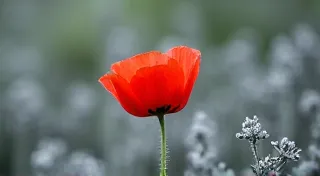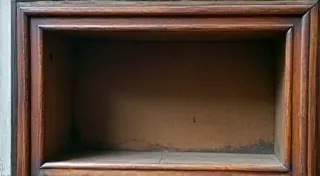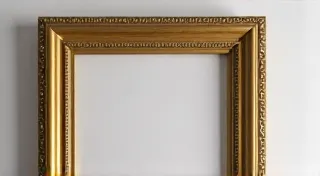Ephemeral Echoes: The Sentimentality of a Used Stamp
We often think of history as grand narratives – wars, revolutions, inventions – etched in stone or penned in official documents. But what if history whispered to you, not in booming pronouncements, but in the quiet rustle of paper, the faded ink of a distant era? That’s precisely the experience of collecting vintage postage stamps, particularly those that have traveled and bear the marks of their journey. It’s more than just collecting pieces of paper; it’s holding fragments of human connection, echoes of lives lived and messages sent.
My own fascination began unexpectedly. As a child, I stumbled upon a box of my grandfather’s belongings. Among the old photographs and military medals was a small, unassuming album filled with used stamps. They weren’t pristine, mint condition pieces, carefully preserved in plastic sleeves. These were well-worn, carrying the ghosts of their travels - cancelled postmarks, faint creases, even the occasional speck of dried glue. Initially, I was confused. Why would someone collect something so… imperfect?
My grandfather, a quiet man of few words, explained. He wasn’t interested in the value, he said, but in the story. Each stamp, he pointed out, had been part of something: a letter sent to a loved one, a business transaction, a soldier’s communication from a distant front. The postmark wasn’t just a cancellation; it was a geographical marker, a timestamp, a silent witness to a moment in time. That’s when I began to understand the profound emotional resonance of a used stamp – the sentimentality etched into every crease and cancellation.
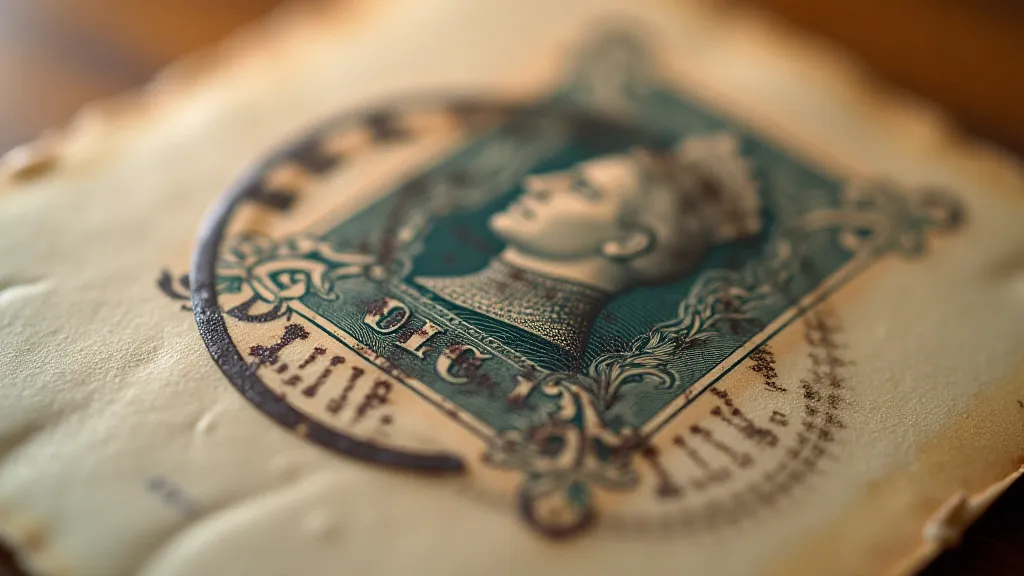
The Craftsmanship & History Imprinted on Paper
Consider the stamps themselves. Before modern printing techniques, each stamp was a testament to meticulous craftsmanship. Engravers, often highly skilled artists, painstakingly carved the designs into copper plates. The printing process itself was labor-intensive, requiring a level of precision and artistry rarely seen today. Just look at the intricate detail on a Penny Black, the world's first adhesive postage stamp. That engraving, that initial printing – it wasn’t just about producing a piece of mail; it was about creating a work of art, a symbol of national identity.
The designs often reflected the values and aspirations of the issuing nation. Portraits of monarchs, patriotic symbols, depictions of historical events – each stamp served as a miniature propaganda tool, subtly reinforcing national pride. Even seemingly mundane stamps, like those used for ordinary correspondence, offer a glimpse into the social and economic landscape of a bygone era. Think about the rise of railways and the subsequent increase in mail volume, or the impact of major world events on postal services.
Philately, the study of stamps, is far more than just identification and cataloging. It’s a journey through history, geography, art, and culture. It connects you to a global network of collectors, each with their own stories and passions. The terminology itself – 'perforations', 'watermark', ‘gutter pair’ – become familiar touchstones in a shared understanding.
The Narrative in the Postmark
But it's the postmark that truly elevates a used stamp from mere paper to a portal to the past. The location – a bustling city, a remote village, a troopship at sea – speaks volumes about the journey the letter took. The date anchors the event in time, providing a tangible link to a specific moment. Even the style of the postmark can reveal information about the postal system of the era, the evolution of printing techniques, and the changing landscape of communication.
Imagine holding a stamp postmarked from Aden in 1898. It could have been carried by a British officer stationed in the region, carrying news of home to a loved one. Or perhaps it was a merchant’s correspondence, detailing the latest trade agreements. Each possibility sparks the imagination, transforming the simple stamp into a vessel carrying untold stories.
The subtle imperfections - the faint creases, the softened edges, the occasional tear - are not flaws to be hidden, but rather integral parts of the narrative. They are testament to the stamp’s journey, proof that it fulfilled its purpose: to carry a message from one person to another.
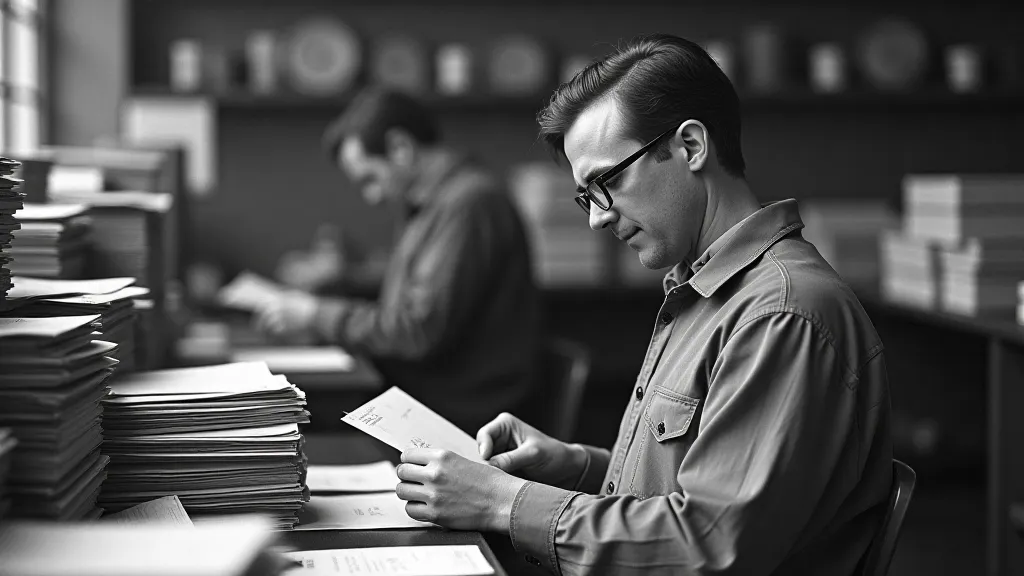
Preservation and Gentle Handling
While the allure of a used stamp lies in its story, responsible collecting demands a degree of preservation. Avoid harsh cleaning methods – these can easily damage the paper and fade the ink. Gentle handling is paramount. Use stamp tongs to avoid leaving fingerprints, which can transfer oils and contribute to deterioration. Proper storage, in acid-free albums or stock books, is crucial to prevent further damage from humidity and light.
Restoration, however, is a delicate and often controversial area. While some collectors advocate for minimal intervention, others believe that minor repairs – such as reattaching loose fragments or consolidating weakened areas – can help preserve the stamp’s integrity and prevent further loss. However, any restoration work should be undertaken with the utmost care and, ideally, disclosed to potential buyers.
More Than Just Value: The Joy of Connection
Of course, vintage stamps do hold monetary value. Certain rare stamps can command staggering prices at auction. But for most collectors, the true value lies not in the potential profit, but in the emotional connection, the joy of discovery, and the shared passion for preserving a tangible link to the past.
My grandfather’s collection, long ago passed down to me, is more than just a group of old stamps. It’s a reminder of his quiet wisdom, his appreciation for the beauty of imperfection, and his belief in the power of human connection. And with each stamp I examine, with each postmark I decipher, I feel a little closer to him, and to the countless individuals who sent their messages across the world, leaving their ephemeral echoes on these small, remarkable pieces of paper.


